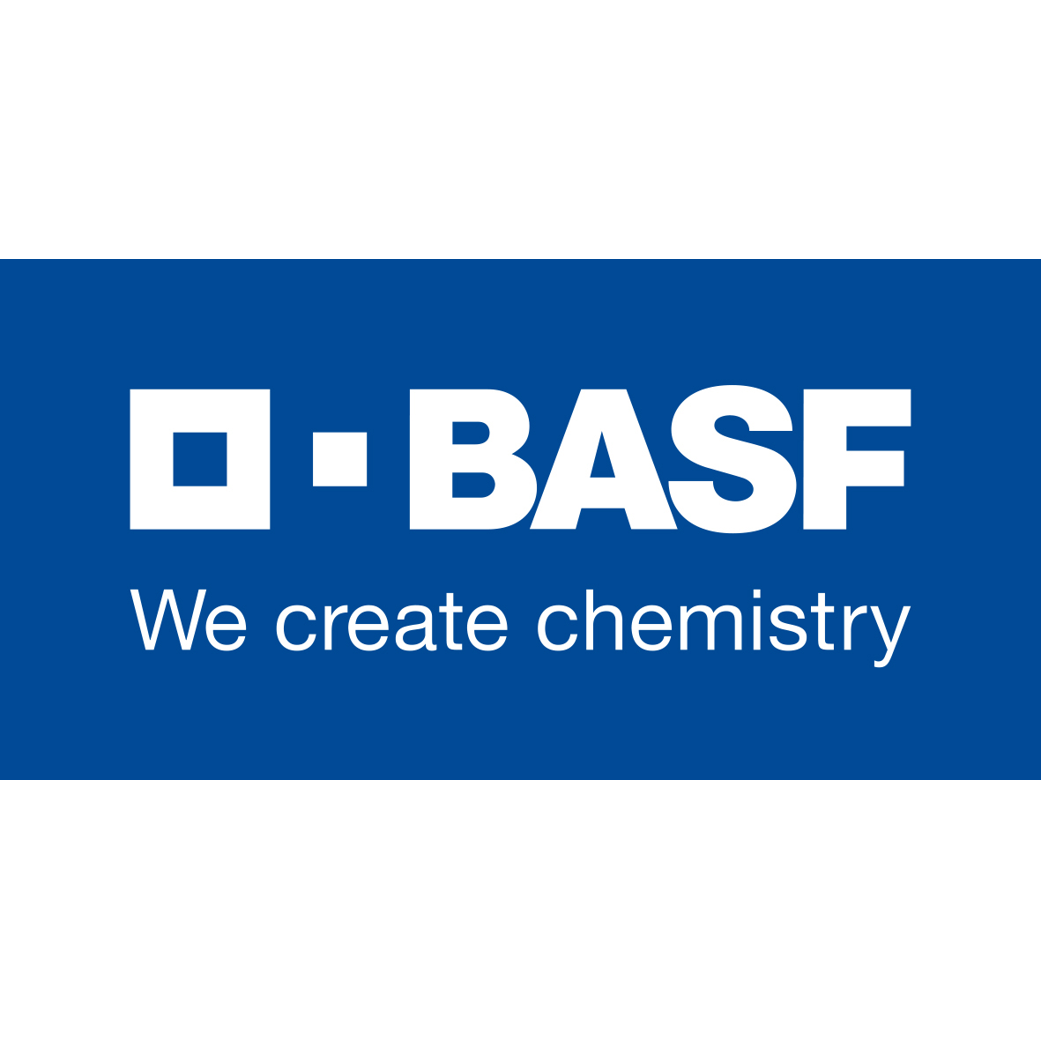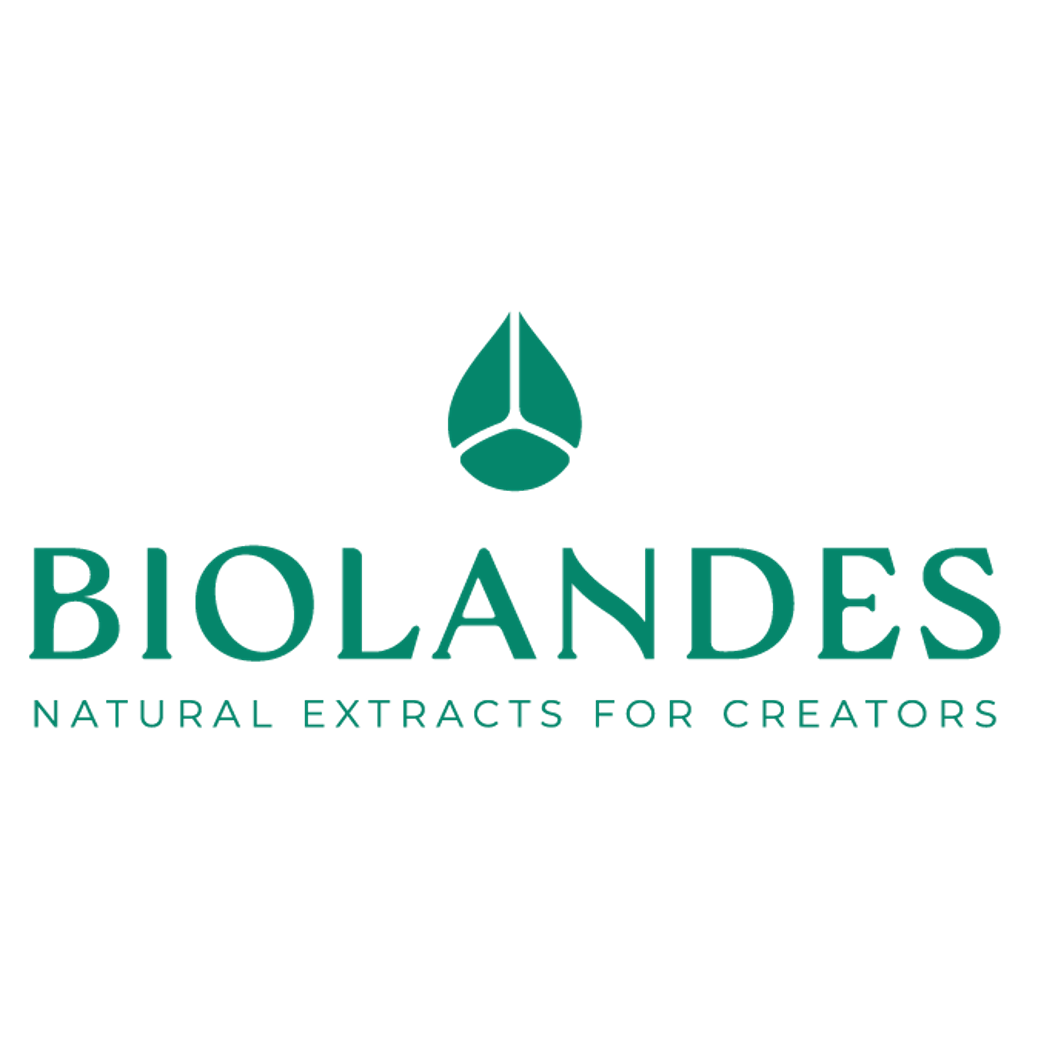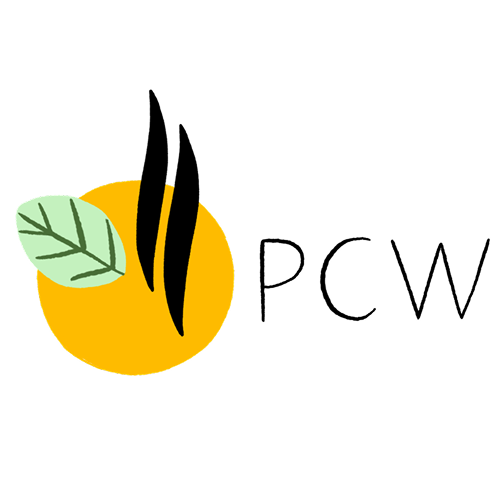| Company | Ingredient Name | ID | Comments | Naturality | Certifications | MOQ | Latin name | Treated part | Geographical origin |
|---|---|---|---|---|---|---|---|---|---|
|
|
ORANGE 10 X CONC | 968392 |
Visit website
|
Naturals |

|
- | CITRUS AURANTIUM DULCIS | - | - |
|
|
ORANGE 70X | 926437 |
Visit website
|
Naturals |

|
- | CITRUS AURANTIUM DULCIS | - | - |
|
|
ORANGE CITRONOVA® 20X | 926444 |
Visit website
|
Naturals |

|
- | CITRUS AURANTIUM DULCIS | - | - |
|
|
ORANGE CITRONOVA® 5X | 926477 |
Visit website
|
Naturals |

|
- | - | - | - |
|
|
ORANGE OIL DECOL | 974771 |
Visit website
|
Naturals |

|
- | CITRUS AURANTIUM DULCIS | - | - |
|
|
ORANGE TETRAROME® LDC | 987304 |
Visit website
|
Naturals |

|
- | CITRUS AURANTIUM DULCIS | - | - |
|
|
Huile essentielle d'Orange douce - 30 gr | - |
Visit website
|
- | - | - | - | - | |
|
|
ORANGE Essential Oil | M_0020225 |
Visit website
|
Naturel | - | - | - | - | |
|
|
ORANGE Rectified Essential Oil | M_0055058 |
Visit website
|
Naturel | - | - | - | - | |
|
|
ORANGE Rectified Essential Oil | M_0050990 |
Visit website
|
Naturel | - | - | - | - | |
|
|
ORANGE DOUCE | B698 |
Visit website
|
Huile essentielle |

|
- | Citrus sinensis (L.) Persoon (CH.) | Zeste | Mexique |
|
|
ORANGE DOUCE | B694 |
Visit website
|
Huile essentielle |

|
- | Citrus sinensis (L.) Persoon (CH.) | Zeste | Brésil |
|
|
ORANGE SOFT EO COLORLESS ITALIA | - |
Visit website
|
- | 10 grs | - | - | - |
General Presentation
-
CAS N° :
8008-57-9 -
EINECS number :
232-433-8 -
FEMA number :
2825
-
Volatility :
Head -
Price Range :
€
Physico-chemical properties
-
Appearance :
Orange liquid -
Density :
-
Refractive Index @20°C :
Data not available. -
Optical rotation :
-
Vapor pressure :
Data not available. -
Flash Point :
Data not available. -
Acid Value :
Botanical informations
Botanical name :
Data not available.
Botanical profile :
The sweet orange is the fruit of the sweet orange tree, belonging to the Rutaceae family and the genus Citrus L.
The Rutaceae family includes all citrus fruits, as well as plants such as buchu and amyris.
Chemotypes :
The Citrus L. genus, which includes the vast majority of citrus fruits, contains a large number of varieties used in perfumery:
- Citrus × aurantium L.: Bitter orange tree, cultivated in Spain and Florida. Orange oil expressed (Bitter) / Orange oil (Bitter) / Petitgrain bigarade oil / Petitgrain bigarade absolute / Petitgrain oil (Paraguay) / Orange flower absolute (Bitter) / Orange flower concrete (Bitter) / Orange flower SFE (Bitter)
- Citrus × aurantiifolia (Christm.) Swingle: The lime tree, mostly cultivated in Mexico. Lime oil expressed / Lime oil distilled
- Citrus × bergamia Risso: The bergamot tree, a hybrid of lemon and bitter orange, cultivated for its fruit and petitgrain oils. Bergamot oil expressed / Petitgrain bergamot absolute.
- Citrus hystrix DC.: Kaffir lime, grown in Thailand and India. Kaffir lime oil.
- Citrus × junos Siebold ex Yu.Tanaka: Yuzu, produced in Japan and Korea. Yuzu oil / Citrus junos oil / Citrus junos extract
- Citrus × limon (L.) Burm.fil.: The lemon tree, cultivated in Italy for its fruit and leafy branches. Lemon oil / Lemon oil (distilled, rectified) / Petitgrain lemon oil
- Citrus × paradisi Macfad.: The grapefruit tree, of Malay origin, cultivated in Brazil and Israel for its fruit’s essential oil. Grapefruit oil / Grapefruit flower oil / Grapefruit oil expressed
- Citrus sinensis L.: The sweet orange tree, widely cultivated in Brazil and California, is the most used citrus in perfumery. Orange flower absolute (Sweet) / Orange flower concrete (Sweet) / Orange flower SFE (Sweet) / Orange cold pressed (Sweet)
- Citrus reticulata Blanco: The mandarin tree, especially cultivated in Italy for its fruit and petitgrain (leaf oil). Mandarin oil (red) / Mandarin oil (yellow) / Mandarin oil (green) / Petitgrain mandarin oil. Its hybrid with sweet orange gave rise to the clementine (Clementine oil).
- Citrus medica L.: The citron tree, grown in Sicily. Citron oil.
Extractions & Uses
Extraction process :
The sweet orange tree is a shrub that can reach 10 meters high and whose fruits are about ten centimetres in diameter.
The harvest is mechanized: a tractor passes between the rows of trees, shakes them to make the fruits fall and take them to the factory in its receptacle. The fruits are sorted mechanically and washed. The pulp and zest are separated to obtain the juice and the essential oil separately.
The extraction is done in the sfumatrice, pricking the zest to extract the aromatic compounds. The essential oil is carried away by a stream of water to be centrifuged, in order to separate the oil from the water and the debris from the peel.
The yield of the essential oil of bitter orange is between 1 and 2%.
In addition, an orange juice concentration gives an ''Oil phase '' essential oil. After the extraction of the juice and the essential oil, the leftovers of the fruit, which are called ''molasses '', allows to collect D-limonene by distillation. Finally, a fractional distillation of the essential oil allows to separately collect an orange terpenes EO and a deterpenated EO (the percentage of deterpenation is specified) which concentrates the essential oil aldehydes, for more power.
Uses in perfumery :
Used in cologne perfumes in particular, and at the top of all types of perfumes. Its price does not require that this raw material is replaced by a synthetic material.
Stability :
Solubility issues in perfumes
Citruses tend to fade through time in perfumes
Limonene tends to convert into Carvone through time, and to give a minthy note to the oil
Major Components :
- D-Limonene (85 - 95%)
- Carveol (≈3%)
- Myrcene (≈2%)
- Aldehyde C-8 (≈0,5%)
- Aldehyde C-10 (≈0,1%)
- Aldehyde C-9 (≈0,01%)

Photo credits: ScenTree SAS
Other comments :
It is the most produced essential oil in the world, with a production approaching 50,000,000 tonnes in 2013/2014. This figure is mainly due to the high demand for orange juice. As the juice is isolated during the essential oil extraction, the tonnages are logically very important.
The fruit harvest mainly takes place in Brazil and Florida, as the climate is favourable.
Orange essential oil is the main source of natural D-Limonene.
Citrus currently suffer from a disease called ''citrus greening ''. This disease is deadly for citrus fruits and no treatment exists. It is transmitted by a vector insect that attacks young shoots: the psylla. This results in the premature death of many trees and therefore the decline in the general production of the essential oil and its quality (reduction of the D-Limonene level).
IFRA
IFRA 51th :
This ingredient is restricted by the 51th amendment

















